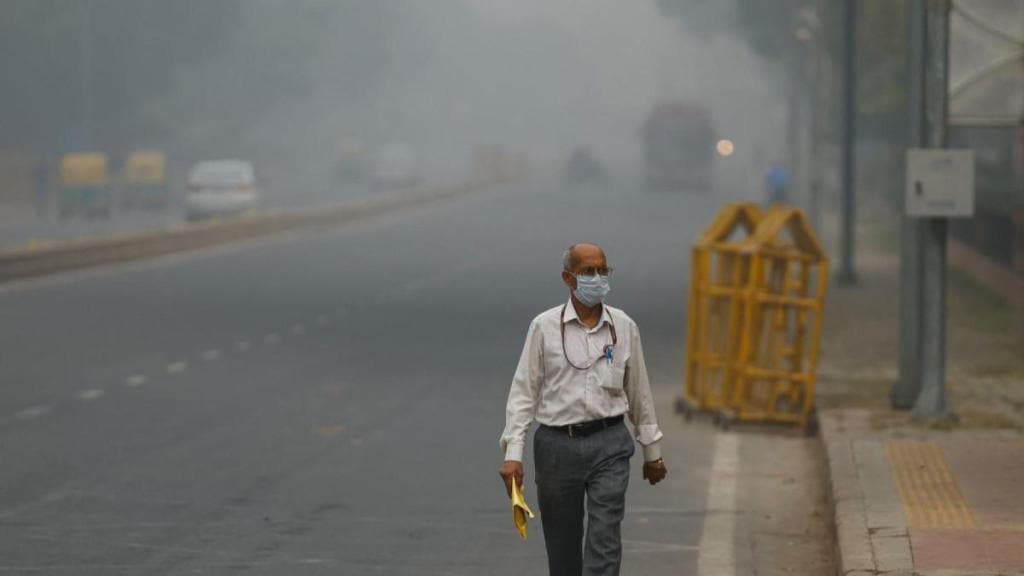Delhi witnessed its worst air quality in five years on Monday, with the Air Quality Index (AQI) hitting a staggering 494, rivaling its most polluted day in 2019. The alarming figures put a spotlight on the National Clean Air Programme (NCAP), launched in 2019, which aimed to cut PM10 levels by 40% (from 2017 levels) or meet national air quality standards by 2026.
But the numbers tell a grim story. Delhi has utilised just 32% of its allocated NCAP funds of Rs 42.69 crore, leaving a whopping Rs 29.15 crore untouched. This places the capital among the bottom five of 19 identified “non-attainment cities.” Cities like Noida and Faridabad, while faring worse in fund utilisation, have made some progress, yet remain far from hitting their targets, says a report in The Indian Express.
Also Read: Schools, colleges in Delhi-NCR to reopen amid poor air quality? Here’s what Supreme Court said
So, what’s holding Delhi back? Officials from the Delhi Pollution Control Committee (DPCC) pointed to bureaucratic delays. A standing committee in the Municipal Corporation of Delhi (MCD), crucial for approving proposals above Rs 5 crore, is yet to be formed. This bottleneck has stalled key projects like pavement work, traffic corridor greening, and dust control measures.
“This lower percentage is primarily due to delays in forming a standing committee in the MCD. Once established, this committee is expected to accelerate fund utilisation for various planned activities such as end-to-end pavement of roads, greening of traffic corridors, projects, and dust-control measures etc. under NCAP,” said a DPCC official, The Indian Express reported.
Also Read:Delhi Air Pollution: AQI in national capital slips down to ‘severe’ after temporary ‘very poor’
Delhi’s neighbouring city, Ghaziabad stands out with an 80% fund utilisation rate. But even there, reducing PM10 levels by the required 57% remains a Herculean task. At the other end of the spectrum is Noida, which has used just 11% of its funds.
The Centre’s recent submission to the National Green Tribunal shows that Delhi and several NCR cities are only halfway toward achieving NCAP targets. What’s worse, key tools like source apportionment studies — critical to identifying major pollution sources — are still pending in cities like Noida and Faridabad.
Also Read:Delhi air pollution: Capital chokes as AQI remains in ‘very poor’ category
Critics argue that the current focus on dust mitigation under NCAP diverts attention from industrial and vehicular pollution, which are major contributors to PM10 levels. The Centre for Science and Environment (CSE) highlighted earlier this year that performance-linked funding disproportionately favours dust control while leaving major combustion sources underfunded.
With Delhi’s air quality teetering between “very poor” and “severe” levels since the start of November, these inefficiencies highlight the urgent need for a course correction. Until then, the city and its residents are left gasping for breath.

